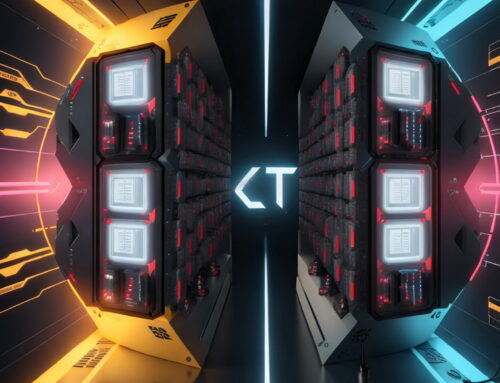Abstract
While artificial intelligence (AI) is increasingly used to enhance information security, its full potential remains underutilized. Many leading cloud providers still rely on static security benchmarks like NIST 800-53, which, although comprehensive, do not yet fully integrate AI-driven policy evolution. This article explores the limitations of current frameworks, the necessity of customizable security benchmarks, and the transformative future of intelligent security policy automation.
1. Introduction
AI has become a critical enabler in modern cybersecurity. It is used to detect anomalies, respond to threats, and automate various aspects of information protection. From a theoretical standpoint, we are witnessing significant progress in integrating AI into the security landscape.
However, the practical implementation across cloud platforms tells a different story. Despite technological advances, most major cloud providers — including Azure, AWS, and Oracle Cloud Infrastructure (OCI) — continue to base their security benchmarks on frameworks such as NIST SP 800-53. These frameworks focus on static “security controls” and lack mechanisms to dynamically evolve in response to new threats or business-specific risk profiles using AI.
2. The Limitations of Static Benchmarks
While standards like NIST and CIS Benchmarks provide a solid baseline, they are not inherently adaptable. They:
- Offer general recommendations applicable across industries.
- Lack contextual sensitivity to organization-specific risks.
- Do not evolve in real time with the threat landscape.
Furthermore, users are often unable to create their own custom benchmarks or modify existing ones. This prevents security engineers and architects from leveraging AI tools to enhance, adapt, or optimize security controls based on actual business needs.
3. The Need for Customizable and Adaptive Policies
To build truly resilient systems, organizations must be able to:
- Customize their own security policies and benchmarks.
- Integrate AI to assess the real value and sensitivity of data.
- Define and prioritize security measures based on actual operational risk and resource constraints.
Today, this remains difficult due to the closed nature of many cloud environments. Lack of transparency and control limits the ability to:
- Tune benchmarks to specific threat models.
- Integrate proprietary or open-source AI-based controls.
- Deploy dynamic policies that evolve over time.
4. AI-Powered Budget Optimization and Control Enforcement
Security is not only about defense — it’s also about efficiency and cost control. Organizations working to comply with NIST or any other benchmark require tools to:
- Estimate the cost of implementing security controls.
- Optimize controls based on risk, value, and resource availability.
- Automatically enforce policies through AI-based configuration robots.
Imagine a future where AI-driven agents:
- Analyze the value and sensitivity of your services and data.
- Automatically generate tailored security policies based on business requirements.
- Configure and deploy security measures with minimal human intervention.
- Continuously monitor, adapt, and adjust protections as new threats emerge.
This vision is not speculative — the only missing piece is the automation of policy enforcement scripts and the ability to author customizable policies within existing cloud ecosystems.
5. Conclusion
We are standing at the edge of a paradigm shift in cybersecurity. As AI continues to mature, its application in security policy creation, customization, and automation will redefine how organizations manage risk.
Static, one-size-fits-all benchmarks will soon give way to intelligent, adaptive security architectures that:
- Reduce cost,
- Improve relevance,
- and Respond dynamically to changing conditions.
The future is not far — the groundwork is already being laid. Now, it is up to the cloud providers and security community to open the gates to customization, automation, and truly intelligent governance.
#Cybersécurité #Cloud #IA #NIST #Automatisation #PolitiquesDeSécurité #Gouvernance #SmartSecLab





Leave A Comment